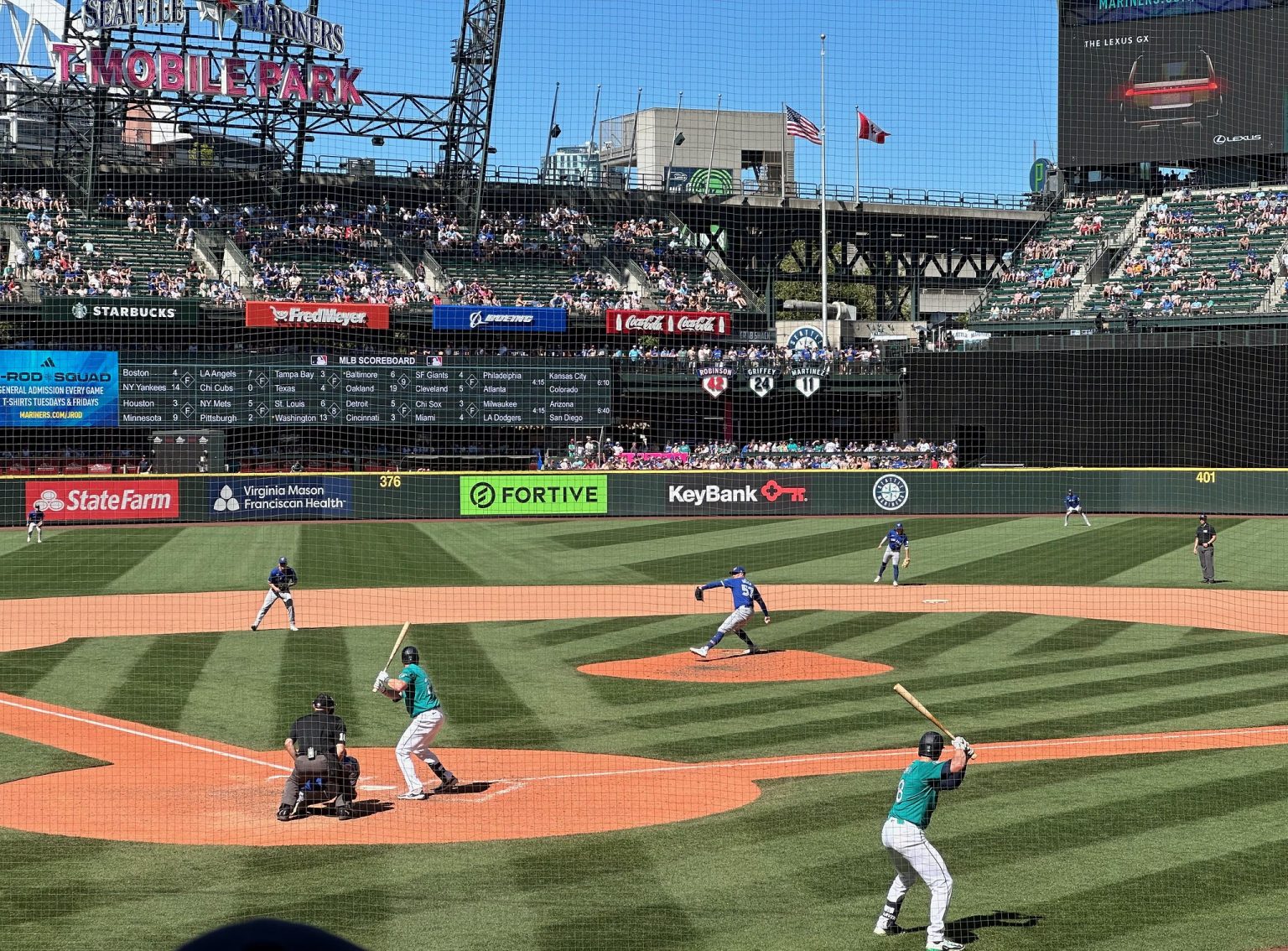MLB to Introduce Automated Ball-Strike Challenge System in 2026
A New Chapter in America’s Pastime
Major League Baseball is taking a significant step toward embracing technology while preserving the human element of the game. Starting in the 2026 season, MLB will implement the Automated Ball-Strike (ABS) Challenge System, allowing players to challenge an umpire’s ball or strike calls for the first time in the league’s history. This decision, made by the Joint Competition Committee on Tuesday, comes after years of testing in Minor League games, Spring Training, and even during the 2025 All-Star Game. The system represents a carefully crafted compromise between baseball traditionalists who value the human element of umpiring and those who have long advocated for more accuracy in ball-strike calls. Rather than completely replacing human umpires with “robot umps,” this approach keeps umpires behind the plate while providing a technological safety net for contested calls.
How the Challenge System Works
The ABS Challenge System relies on Hawk-Eye technology that constantly monitors each pitch’s precise location relative to the strike zone. What makes this system unique is that only the players directly involved in the pitch—specifically the batter, catcher, or pitcher—can initiate a challenge if they believe the umpire has made an incorrect call. When a challenge occurs, T-Mobile’s Advanced Network Solutions transmits the Hawk-Eye view over a 5G private network to the ballpark’s videoboard and to viewers watching the broadcast at home. The review process quickly determines whether to confirm or overturn the umpire’s original call, after which the game continues with minimal delay. This approach maintains the flow of the game while adding an extra layer of accountability to crucial ball-strike decisions that can significantly impact the outcome of an at-bat or even an entire game.
Technology Meets Tradition
Baseball has always balanced tradition with innovation, and this latest technological addition continues that delicate dance. Since 2008, MLB has gradually incorporated video review for various calls on the field, but the strike zone—perhaps the most fundamental and frequently contested element of the game—has remained solely in the hands of human umpires until now. The ABS Challenge System represents a middle ground that acknowledges human error as part of baseball’s charm while providing recourse for particularly egregious missed calls. Bellevue, Washington-based T-Mobile, which powers the system’s network infrastructure, described the implementation as an “exciting milestone” in their partnership with MLB. The company emphasized that while helping the league innovate, they were also committed to “preserving the character of the game we love”—a sentiment that encapsulates the delicate balance MLB is trying to achieve.
Fan Perspectives on Changing the Game
When Seattle hosted the All-Star Game at T-Mobile Park in 2023, fans offered varied opinions on the prospect of technological assistance for ball-strike calls. Baseball purists expressed concern about losing the human element that has defined the sport for generations, including the unique relationships between players, managers, and umpires that often center around disputed calls. Others welcomed the potential for greater accuracy, pointing to high-stakes moments when incorrect calls have altered game outcomes. Despite these differing viewpoints, most fans agreed that maintaining a human presence behind home plate remains essential to baseball’s character, even if that umpire’s authority is occasionally subject to technological review. This general consensus seems aligned with the approach MLB has chosen—keeping human umpires while providing a technological backup system for contested calls.
The Specifics of Implementation
The ABS Challenge System comes with a comprehensive set of rules governing its use. MLB.com has published an extensive FAQ detailing how many challenges teams will receive, the specific procedures for initiating a challenge, and various other technical aspects of the system. While these details will be crucial for players, managers, and umpires to master before the 2026 season begins, the basic concept mirrors challenge systems already familiar to baseball fans through other replay reviews. The key difference is that ball-strike challenges will be limited to the three players most directly involved in each pitch—a constraint that should prevent excessive delays while still allowing for correction of the most disputed calls. This limitation reflects MLB’s ongoing concern with game pace and length, even as it introduces new technology.
Baseball’s Evolving Relationship with Technology
The introduction of the ABS Challenge System represents another milestone in baseball’s gradual embrace of technology to enhance officiating accuracy. From early innovations like instant replay to more sophisticated tools like Statcast, baseball has increasingly turned to data and technology to improve various aspects of the game. However, what distinguishes this latest innovation is its careful preservation of human judgment as the primary decision-making factor, with technology serving as a backup rather than a replacement. This approach recognizes that while perfect accuracy might be technologically possible, the human element—including the occasional controversy over close calls—remains integral to baseball’s appeal. As the 2026 season approaches, players, umpires, and fans will prepare for this new chapter in America’s pastime—one that honors tradition while acknowledging that even in a game steeped in history, thoughtful innovation has its place.


